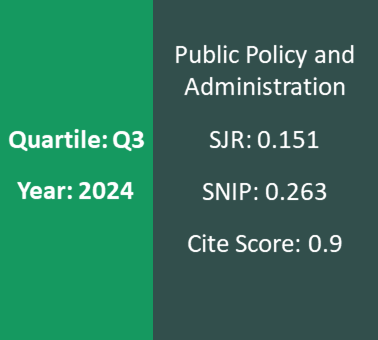Technological Transfer in EU Civilian Missions: Bureaucratic Heterarchy and Agent-driven Opportunities
DOI:
https://doi.org/10.5755/j01.ppaa.24.1.40139Keywords:
Civilian CSDP Missions, Multi-level Governance, Principal-Agent Theory, Technological Transfer, Proactive Agents, Bureaucratic Heterarchy, EU GovernanceAbstract
This study examines the integration of emerging technologies into EU civilian Common Security and Defense Policy (CSDP) missions. Using Multi-Level Governance and Principal-Agent theories as initial conceptual frames, the research investigates the complexities of EU governance like bureaucratic heterarchy, and the dynamics of agent-driven opportunities. Based on interviews with European External Action Service (EEAS) staff, EU mission personnel, and EU Ministry of Foreign Affairs representatives, the findings reveal systemic obstacles such as bureaucratic irregularity, information asymmetries and expertise gaps, which hinder effective technological transfer to host countries. Despite strategic frameworks like the Civilian CSDP Compact, technological transfer remains highly uneven and fractured, relying on proactive agents operating under informal mechanisms. The study concludes that empowering proactive agents can help to advance technological integration and enhance the operational impact of civilian CSDP missions, making them more capable to support host countries.





